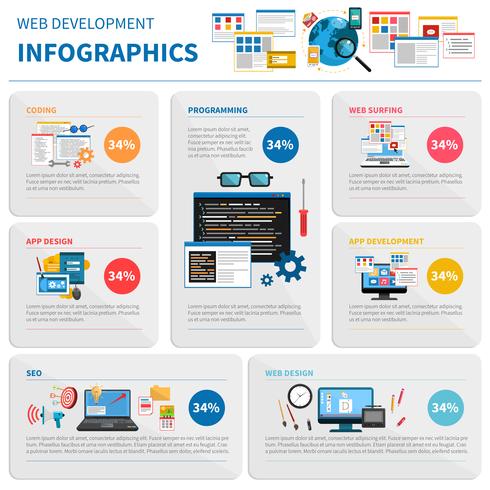Crafting A User-Friendly Website: Methods And Methods For Reliable Web Design
Crafting A User-Friendly Website: Methods And Methods For Reliable Web Design
Blog Article
Content Develop By-Dencker Crews
Master the art of web design by concentrating on customer experience. Craft user-friendly navigation and opt for mobile optimization to boost the surfing experience. Ensure simple navigation with clear headings and attractive visuals. Prioritize mobile responsiveness for a constant customer experience. By incorporating these necessary style concepts, you can develop an easy to use site that astounds site visitors.
Vital Layout Principles
When designing a site, focus on customer experience above all else. Your major objective ought to be to produce a seamless and pleasurable experience for your site visitors. Start by making sure that your site is simple to browse. Use clear headings, arranged food selections, and user-friendly switches to direct users with your web content easily. Bear in mind, simpleness is essential. Prevent littering your pages with unnecessary components that can overwhelm or confuse your target market.
An additional important design concept is to make sure your web site is aesthetically attractive. Select a cohesive color scheme, high-grade photos, and understandable typefaces to improve the overall appearance of your site. Consistency is critical in developing a strong brand identification and making your internet site a lot more remarkable to customers.
Furthermore, prioritize mobile responsiveness. With even more individuals surfing the web on their smart devices and tablets, it's vital that your internet site looks and functions well on all tools. Evaluate your site on different screen sizes to guarantee a seamless experience for all individuals. By focusing on these essential design concepts, you can create a straightforward internet site that maintains site visitors returning for even more.
User-Focused Navigating
To enhance individual involvement and streamline their searching experience, focus on developing user-friendly navigating paths that guide site visitors effortlessly with your site. Clear and well-organized navigation is important for assisting individuals find the details they need quickly and efficiently. Begin by maintaining your menu structure straightforward and understandable. Usage descriptive tags that plainly suggest what web content can be found under each food selection choice. Additionally, consider implementing dropdown menus for subcategories to stop overcrowding the major navigating bar.
One more key facet of user-focused navigating is using breadcrumbs. Breadcrumbs are a second navigation aid that reveals individuals their present area on the site and allows them to quickly browse back to previous pages. wcag 2.1 ada section 508 is especially helpful for individuals that enter your site via a deep web link or an online search engine outcome.
Furthermore, integrating search functionality prominently on your site can better boost user navigating. A search bar enables users to rapidly discover specific material without having to click via several pages. Guarantee that your search bar is quickly noticeable and easily accessible on every page of your website for maximum functionality. By prioritizing user-focused navigating methods, you can produce an extra user-friendly and delightful browsing experience for your site visitors.
Mobile Optimization Techniques
Consider optimizing your site for smart phones to guarantee a seamless individual experience throughout different screen dimensions. Mobile optimization is crucial in today's digital landscape where a considerable part of web surfing happens on smartphones and tablets.
To improve handicap compliance website , start by carrying out responsive style strategies. This strategy allows your web site to adapt to different screen dimensions, keeping functionality and aesthetic appeals.
Focus on optimizing filling times for mobile customers. Slow-loading sites can discourage visitors and influence your search engine positions. Compress images, lessen HTTP requests, and utilize internet browser caching to enhance loading speed. In addition, prioritize material hierarchy for mobile display screens. Make certain that necessary details is prominently shown, and navigating is intuitive, advertising easy access to vital areas.
Use touch-friendly elements such as larger switches and structured kinds to promote interaction on mobile phones. Conduct complete testing across various mobile systems to recognize and rectify any usability issues.
Final thought
To conclude, understanding the art of web design is critical for creating a straightforward web site. By including essential style concepts, user-focused navigation, and mobile optimization strategies, you can ensure a smooth and delightful experience for your site visitors.
As an example, a neighborhood bakeshop saw a 30% boost in online orders after overhauling their internet site to be extra straightforward and mobile-responsive. Keep in mind, a well-designed internet site can make all the difference in attracting and preserving customers.
